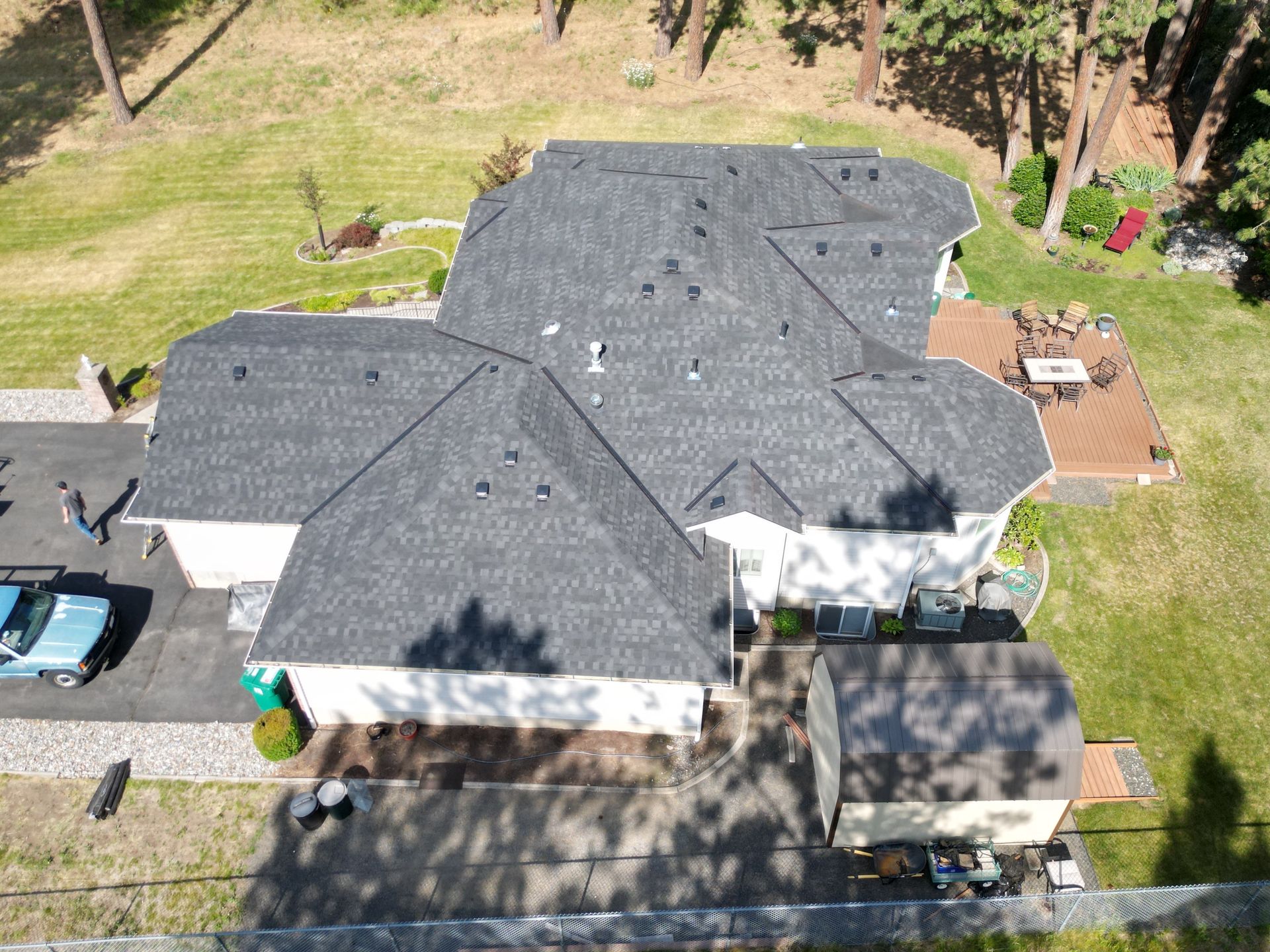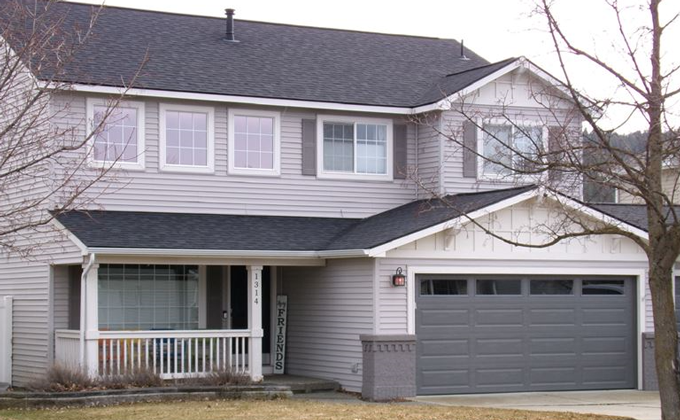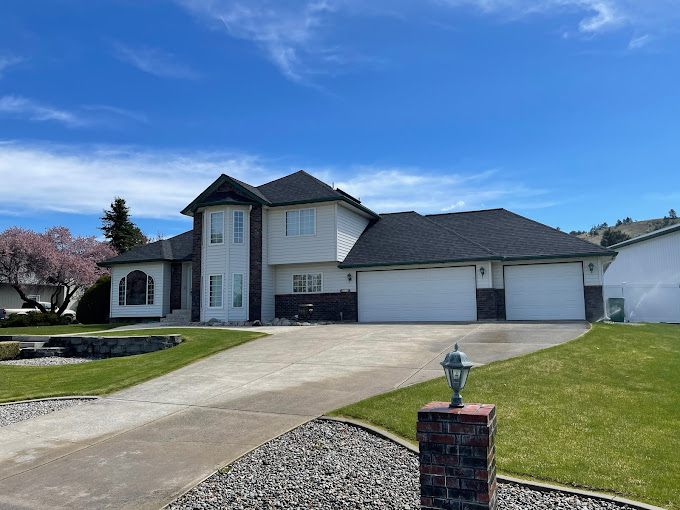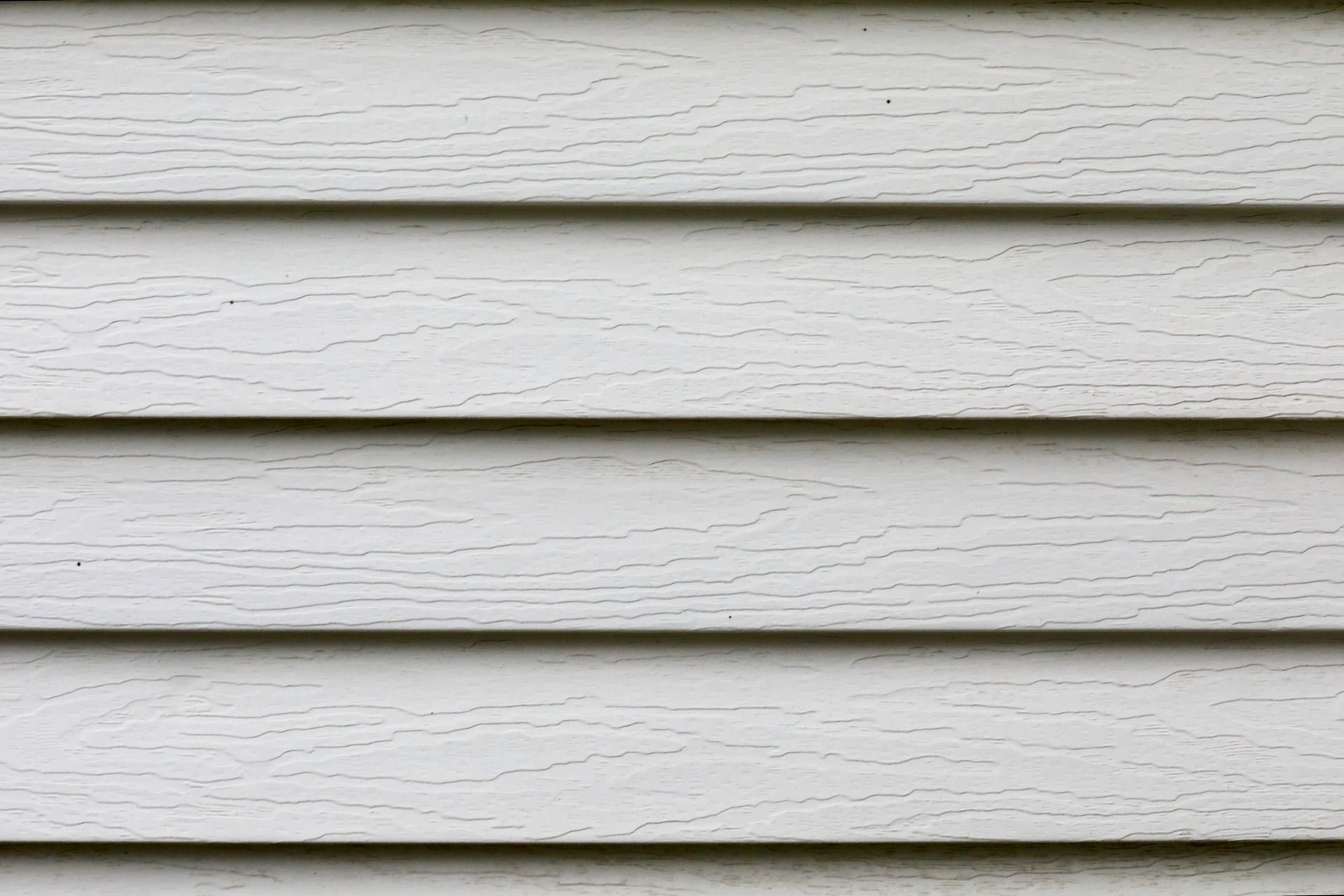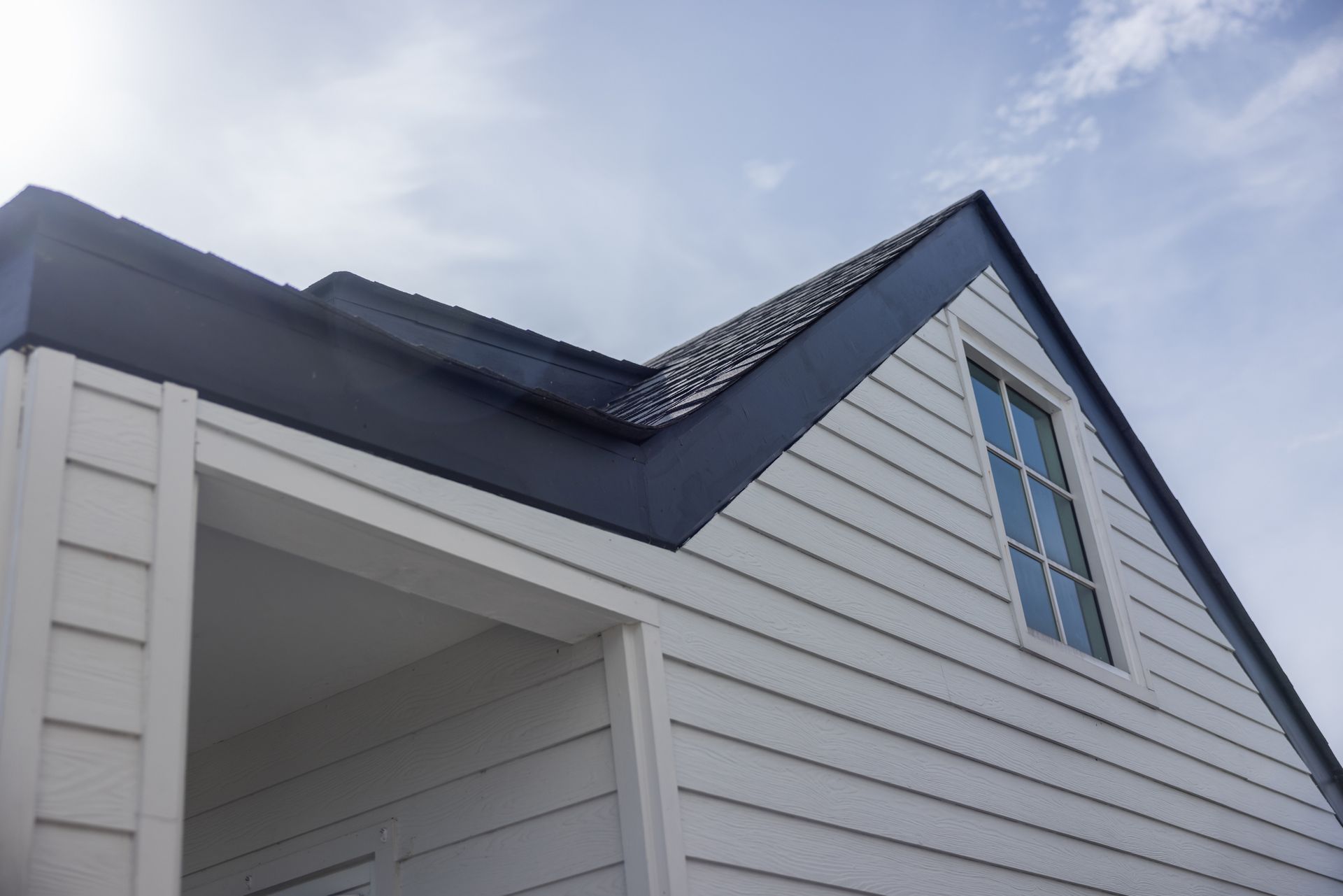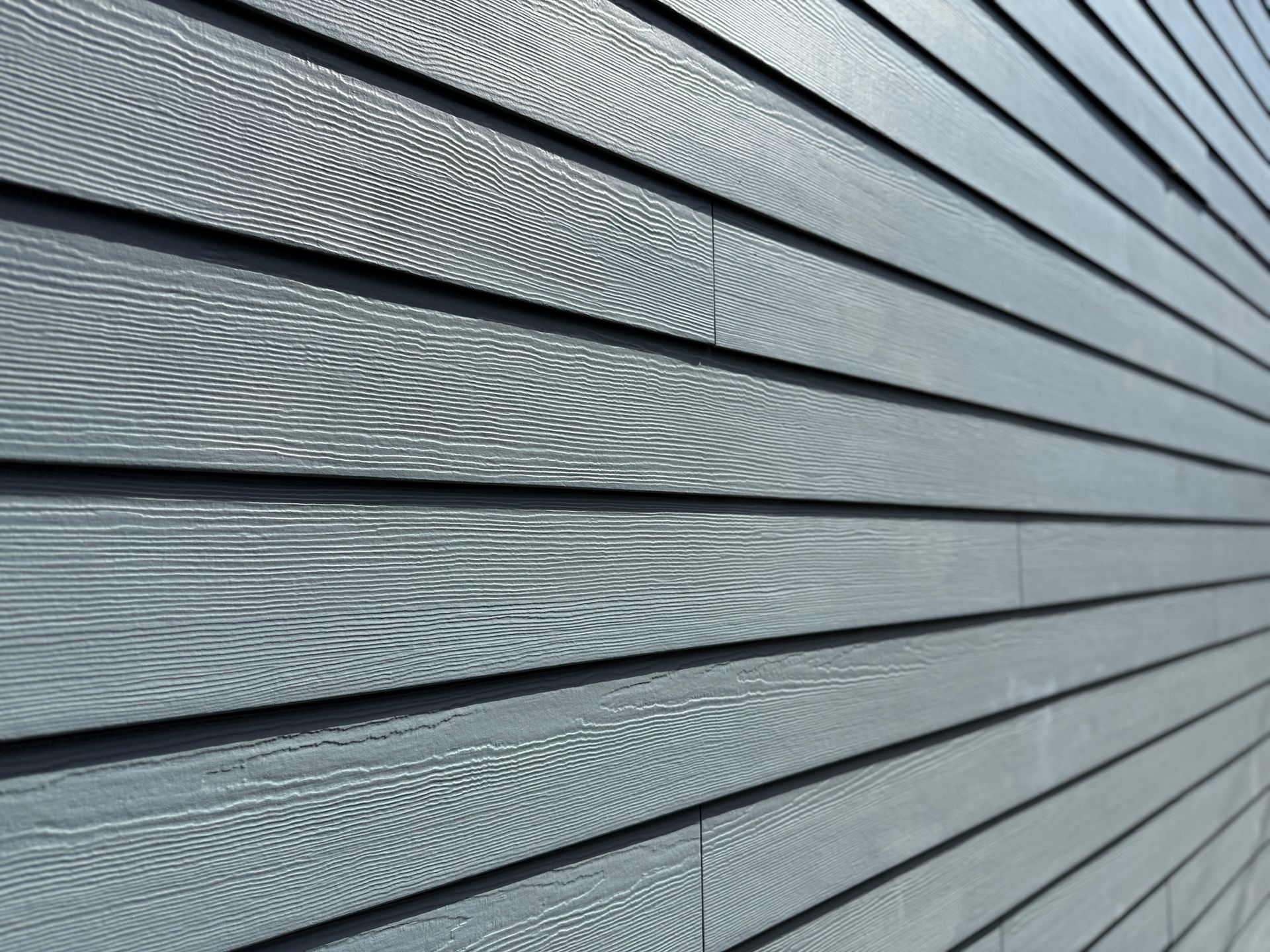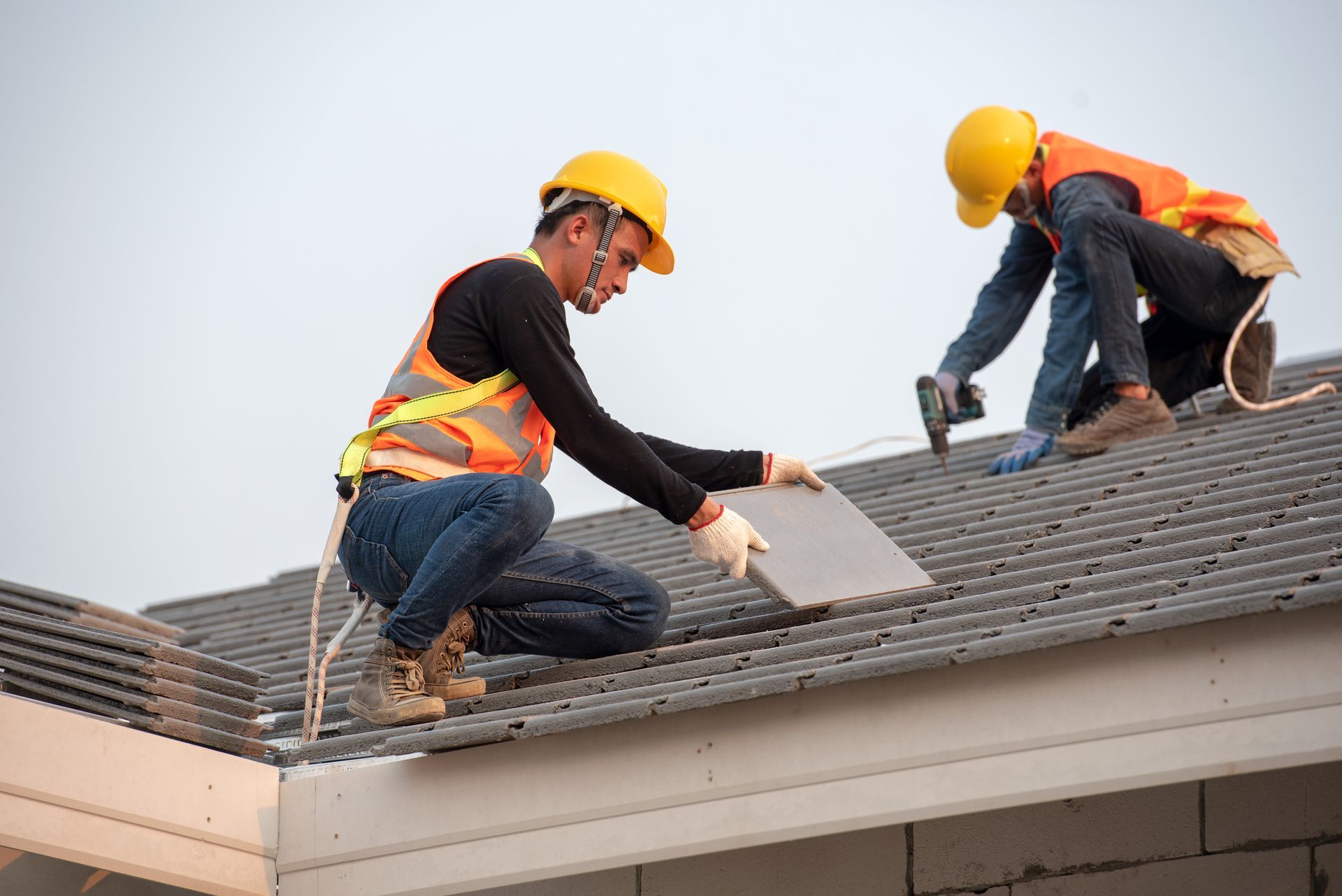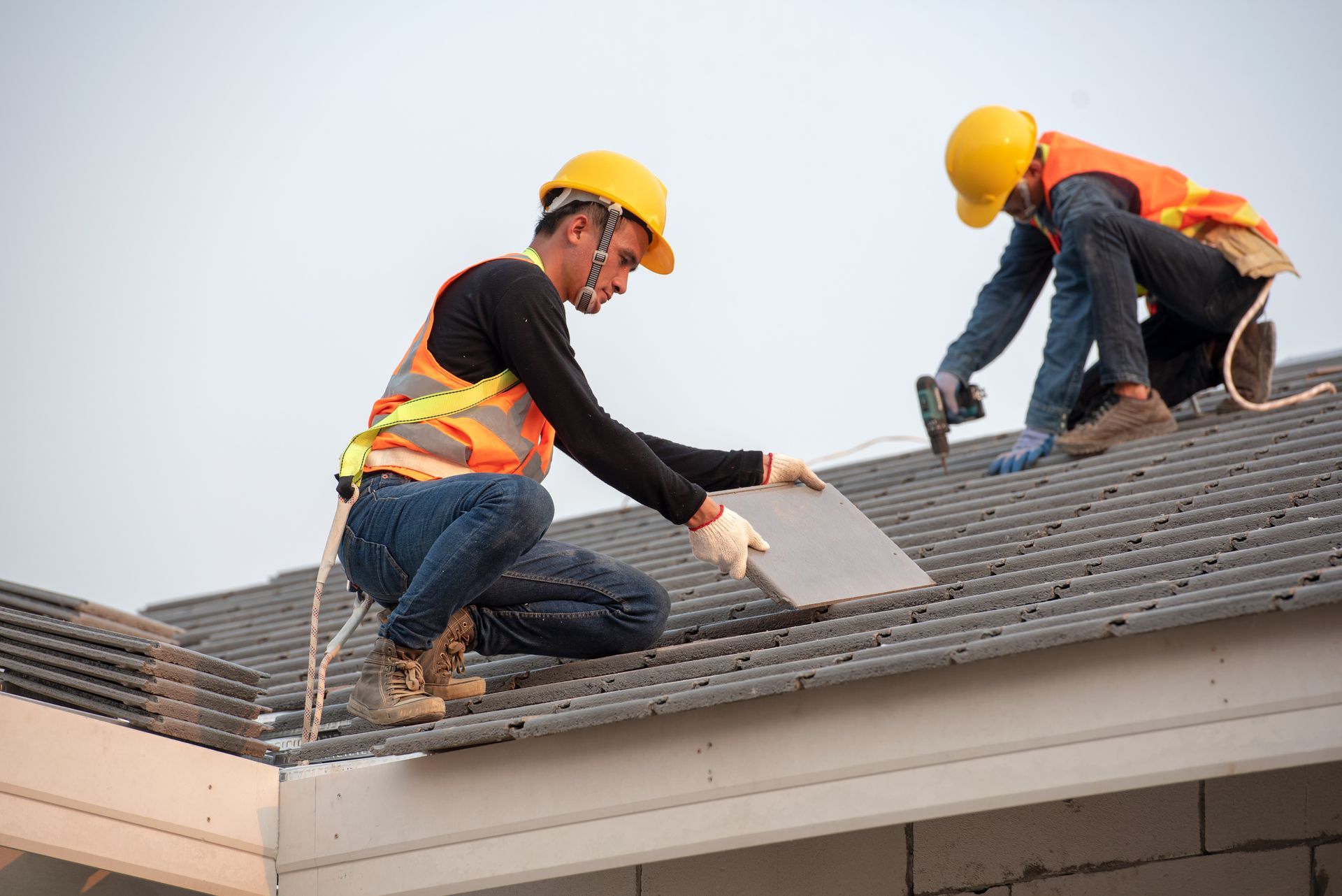Should You Install a New Roof After Purchasing a Home?
How soon after buying a home should you consider major investments in its future? The answer can often be complicated. In real estate, you'll often hear the phrase "move-in ready." Unfortunately, this term can come with a few different definitions. A move-in ready home will be habitable but may require substantial work to be comfortable, attractive, and functional.
Major renovations may not be too far away, even for homes in relatively good condition. Since most asphalt roofs only last 20-25 years, homes without recently replaced roofs will often be nearing or beyond the halfway point in their life cycle. This guide will discuss three reasons you may want to consider replacing your new home's roof now instead of waiting for it to fail.
1. Resolve An Unclear Maintenance History
Home inspections are a critical part of the home-buying process. Without a thorough inspection, you risk purchasing a home that may require major work or is structurally unsound. However, no home inspection is perfect. An inspector or an experienced roofer can examine a roof for signs of trouble, but they can't tell you much about the previous owner's maintenance habits.
If you don't have detailed information about the maintenance habits of the previous owners, your roof might not last as long as expected. While asphalt shingle roofs don't require much routine maintenance, ignoring major problems and necessary repairs can shorten their lifespan. Leaving leaks or missing shingles unaddressed for too long can weaken other parts of the roof and cause additional failures.
While an unclear maintenance history isn't necessarily a reason to replace your roof immediately, it is a factor worth considering. If you begin to have roofing issues in your new home after a few months or years, you may want to consider a replacement even if your roof isn't yet twenty years old. These frequent issues may indicate that the previous owners were careless with maintenance and repairs.
2. Give Yourself More Peace of Mind
What if you already know that your roof is fairly old? A roof nearing the end of its useful lifespan can reduce the value of a home, but it's probably not a good reason to walk away from an otherwise good deal. You may have even negotiated a better deal for your home if your inspection revealed an older roof or one in relatively poor condition.
Of course, an aging roof doesn't necessarily mean a leaking roof. If your home's roof isn't leaking, you might think you can hold off on a complete replacement for a few more years. Unfortunately, small leaks may go unnoticed for weeks or months, causing substantial water damage the whole time. A severe leak can damage electrical wiring and lead to fires.
Replacing your roof now will give you more confidence and peace of mind in the long-term safety of your new home.
3. Make Your Home Truly Yours
Not every reason for replacing your new home's roof needs to be purely practical. While replacing a brand-new roof because you don't like the color might be a little expensive, there's nothing wrong with accelerating a necessary repair for purely aesthetic reasons. If you will be living in your new home for a while, you probably want to add some touches to make it truly yours.
If you know the roof on your home is already 10-15 years old, you might want to consider replacing the roof now instead of waiting another 5-10 years for failure. You can select a color and style of shingles that fits your style while also helping to avoid the increasing expenses of maintaining and repairing an aging roof.
Whether you've just purchased your home or you've lived in the same place for decades, 20/20 Exteriors can help you install the roof of your dreams. Contact us today when you're ready to begin your new roofing project.
